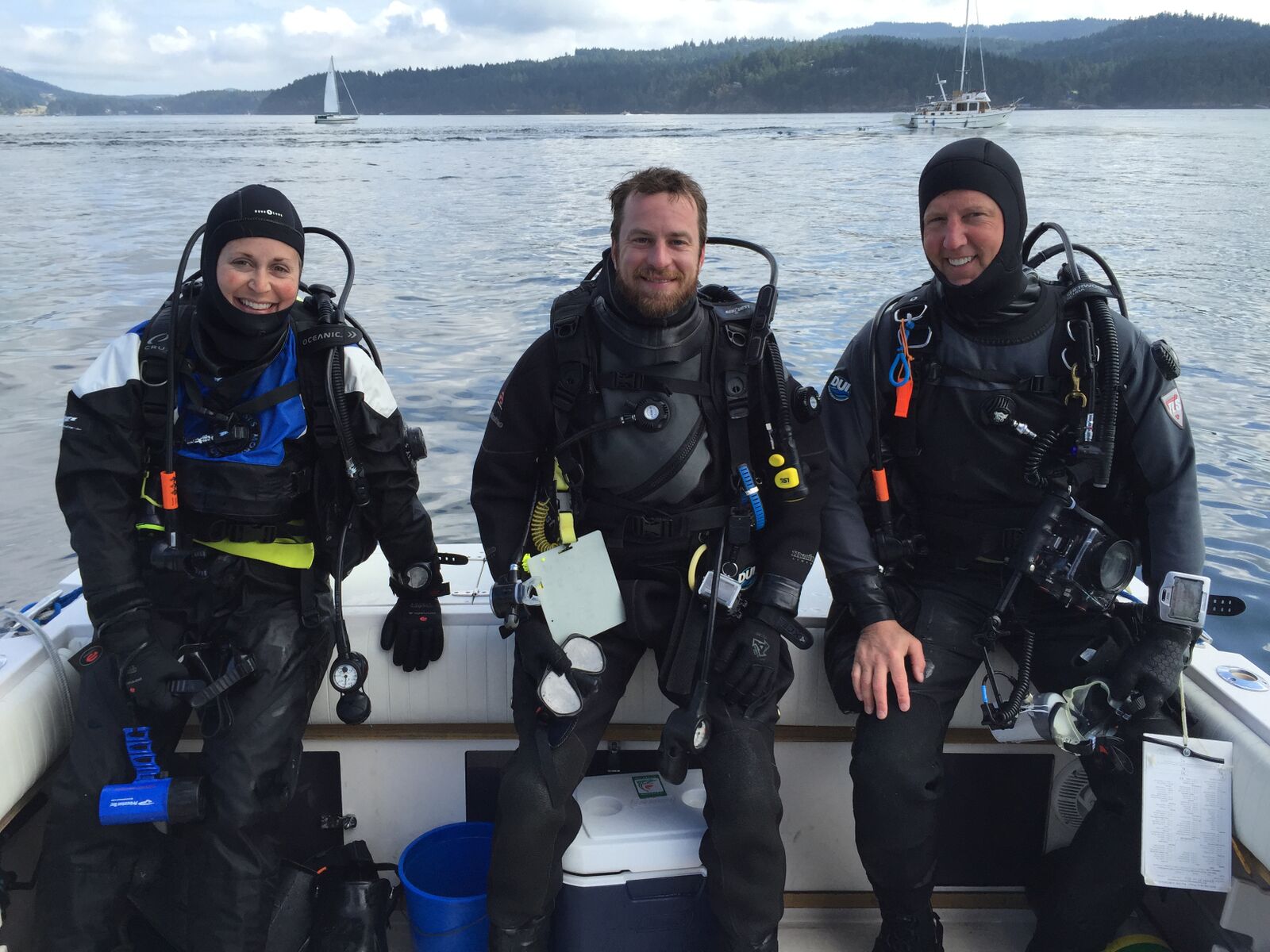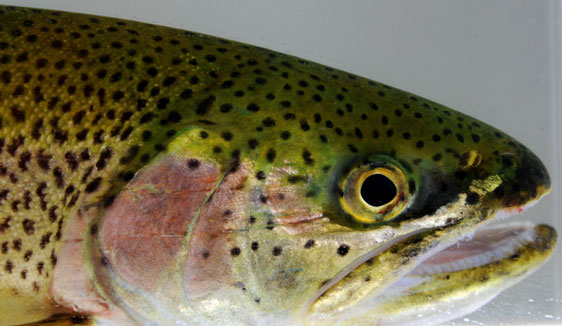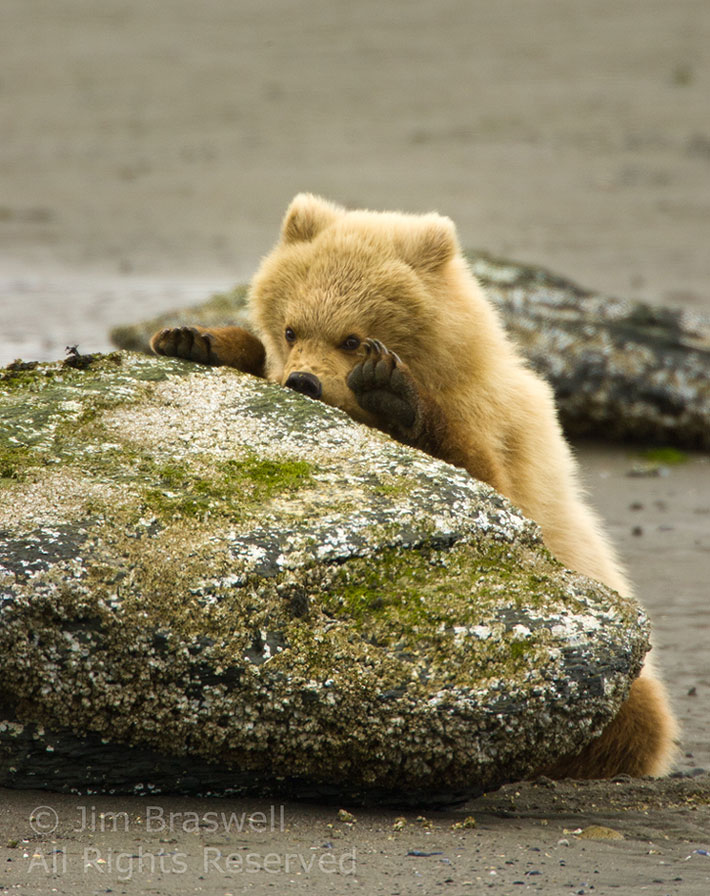“We need to deal with the impacts of new energy projects at the level of the ecosystem, not just project to project," says wildlife veterinarian Dr. Joe Gaydos, lead author of a new paper analyzing the combined threats posed by six fossil fuel transportation projects in the Salish Sea.
The new study by SeaDoc and the Swinomish Tribe was recently published in the international journal PLoS ONE.
What did they find? Canada and the US need to do a better job collaborating on Salish Sea issues.
The study evaluated the threats posed by each project to 50 species that are important to the Coast Salish people. These include endangered humpback and killer whales, and key food species including seaducks, salmon, clams, and Dungeness crabs.
Gaydos says, “When you look at these projects cumulatively, they have a high possibility of affecting the Coast Salish and everybody else. The environmental impact statements aren’t looking at the threats collectively.”
Although the Salish Sea is an integrated ecosystem, it is shared by Washington, British Columbia, and indigenous Coast Salish governments. When US and Canadian governmental bodies evaluate proposed developments, they rarely take into account projects occurring outside of their jurisdictions.
Coast Salish have long looked at the ecosystem as a whole. “We walk as one with our resources, as they are the spirit within us,” said First Nation Summit Co-Chair and Chemainus First Nation member Ray Harris. “Each day is a blessing when we see our scientists and traditional knowledge teachers sharing and incorporating one another’s information. We see the removal of barriers happening all over the Salish Sea, and this respect of one another allows us to take care of this beautiful place we all call home.”
Rectifying the problem
A solution is within reach. Brian Cladoosby, Swinomish Chairman, says, “For more than 150 years, we have lived with the destruction of our resources and environment by a pollution-based economy. It is time for a change, and this can only happen if we work together.”
This study makes it clear that managers need to establish a mechanism for addressing transboundary threats.
Transboundary ecosystems like the Salish Sea, which exist around the world, are vulnerable to cumulative pressures when there is no mechanism for collaborative decision-making.
In the Salish Sea, there is no governing body that requires multiple proposed projects be evaluated for their cumulative impact. As noted in the paper, “This is a failure in coastal ecosystem management that stands to have a direct impact on the Coast Salish and likely on most of the 7 million other people that also depend on this ecosystem.”
Six years ago the Salish Sea was named. It is now time for the governing bodies responsible for the Salish Sea to create an effective system for evaluating threats across the entire ecosystem.
Read the full study at PLoS ONE.
News coverage is here.
For more background, see an article by Lynda Mapes at the Seattle Times, Northwest tribes unite against giant coal, oil projects.
Banner photo: bulk carrier and killer whales share the Strait of Juan de Fuca southeast of Victoria, British Columbia. Photo courtesy of Jim Maya, Maya’s Images.









 Coastal or sea-run cutthroat trout are freshwater fish that also move into the marine waters to feed and are an important recreational fishery in many parts of the Salish Sea.
Many people don't think of the San Juan Islands when they think of cutthroat trout, but they were historically caught in the area. Long-standing residents recall a time when these rare fish were much more abundant. While recent work documented cutthroat trout in some streams in the San Juan archipelago, little is known about the current status of coastal cutthroat trout in this area.
Coastal or sea-run cutthroat trout are freshwater fish that also move into the marine waters to feed and are an important recreational fishery in many parts of the Salish Sea.
Many people don't think of the San Juan Islands when they think of cutthroat trout, but they were historically caught in the area. Long-standing residents recall a time when these rare fish were much more abundant. While recent work documented cutthroat trout in some streams in the San Juan archipelago, little is known about the current status of coastal cutthroat trout in this area.
 We've created a printable checklist of all the bird and mammal species that depend on the Salish Sea.
We've created a printable checklist of all the bird and mammal species that depend on the Salish Sea.